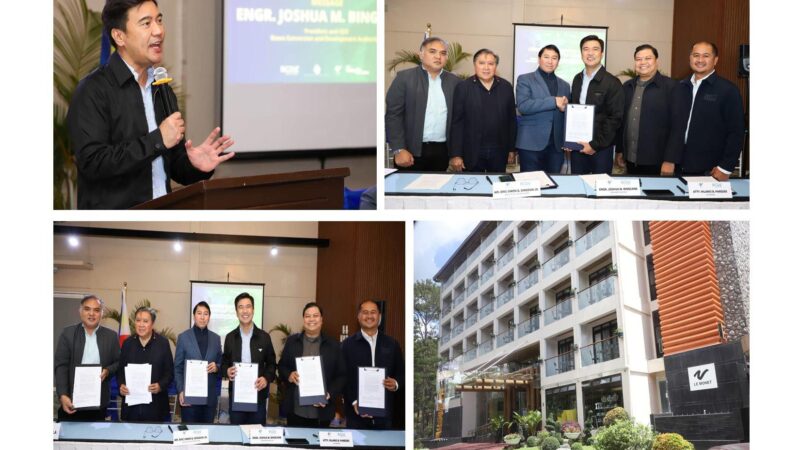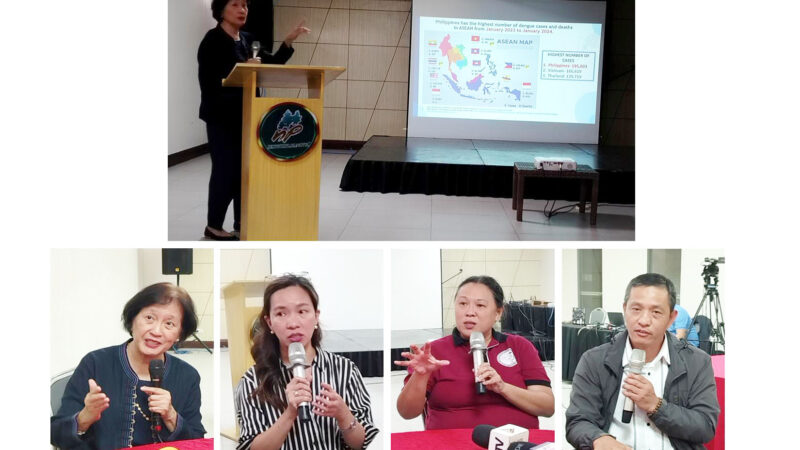FIRST LGU-OWNED AND MANAGED FLOOD EARLY WARNING SYSTEM BEING ESTABLISHED
10 June 2021 – The Baguio City Smart Flood Early Warning, Information and Mitigation System (FEWS) Project has been pursued since the end of September 2020 with the kickoff meeting conducted in the Summer Capital.
A Baseline Assessment Workshop was held on December 16, 2020, with the associated final Baseline Assessment Report, including a Gap Analysis, delivered in January 2021.
February and March 2021 have been dedicated to various key activities. Surveys have been undertaken with a total of 76 cross-sections measured in four rivers that are part of the FEWS project, namely: Balili, Bued, Galiano and Ambalanga rivers.
This was reported by Engr. Felipe Puzon, City Mayor’s Office Chief of Staff and Action Officer of the City Disaster Risk Reduction and Management Council, in Tuesday’s regular management committee meeting of local executive officials at Baguio Convention Center.
Baguio is among the project pilot sites chosen by the Asian Development Bank (ADB) under the ASEAN-Australia Smart City Trust Fund (AASCTF). Ramboll is the project consultant commissioned by the ADB to implement the project in coordination with the City Disaster Risk Reduction and Management Office (CDRRMO).
Still ongoing, Puzon said, is the setting up hydrodynamic models, including assessment of urban drainage system; setting up of risk assessment model, including detailed revision of Climate Disaster and Risk Assessment material by the LGU; and information technology infrastructure design of FEWS.
The procurement of extra-water level monitoring stations is also ongoing including the activities related to the project’s data dissemination and outreach plan, he said.
The project is expected to be completed and turned over to the Baguio LGU by next year and shall be connected to the Smart City Command Center. In that case, it will be the first LGU-owned FEWS to be managed and operated by the CDRRMO.
A United Nations Environmental Protection website reveals that FEWS are an important component of disaster risk management strategies.
In contrast to flood forecasting systems, which assess flood risk, the main purpose of early warning system is to issue warnings when a flood is imminent or already occurring.
FEWS for floods comprise four inter-related elements: 1) assessments and knowledge of flood risks in the area, 2) local hazard monitoring (forecasts) and warning service, 3) flood risk dissemination and communication service, and 4) community response capabilities. – Gaby B. Keith







